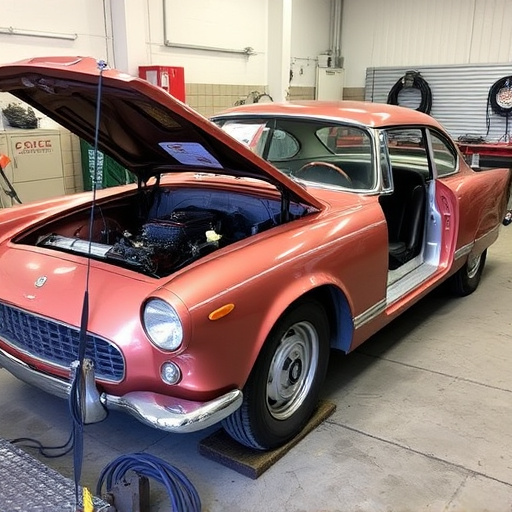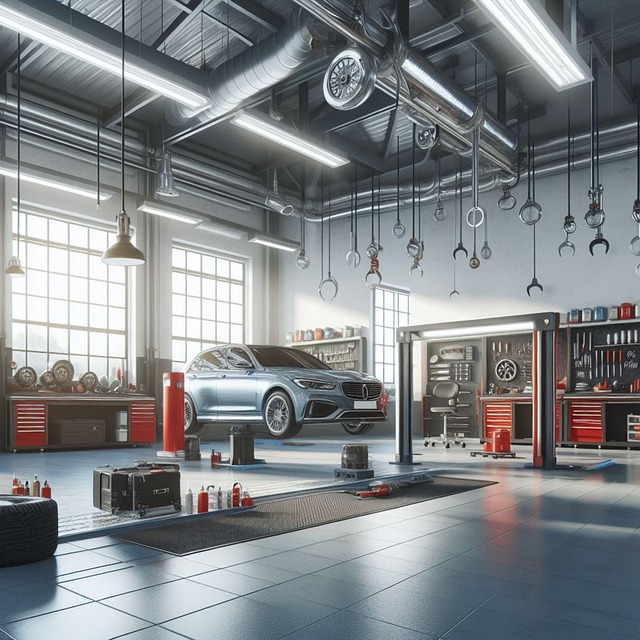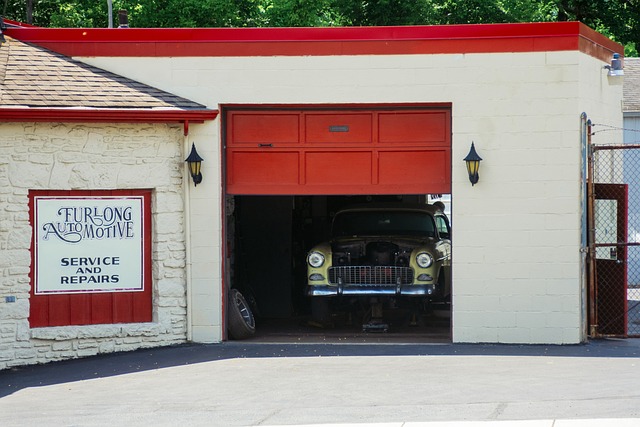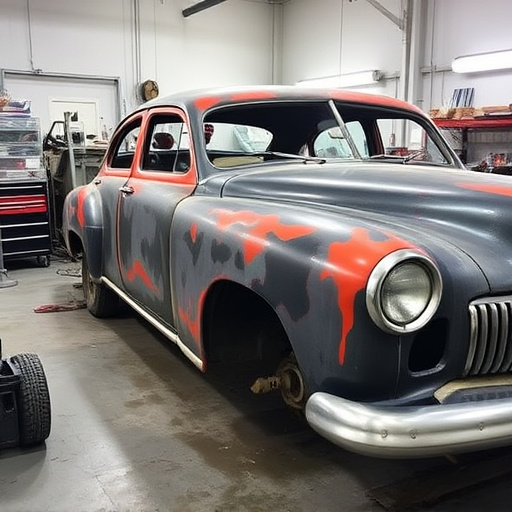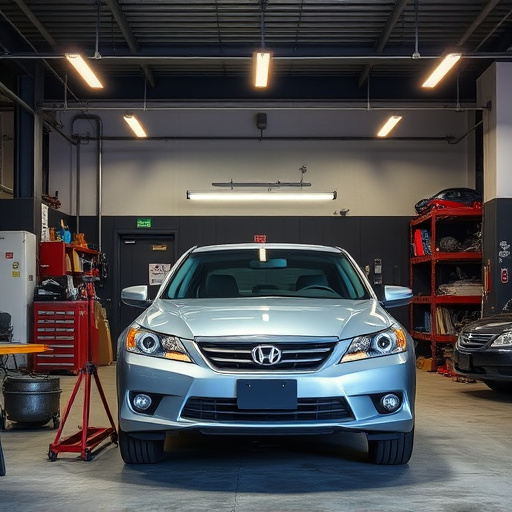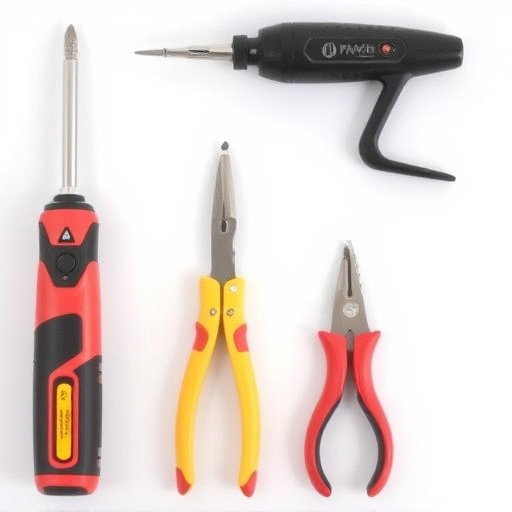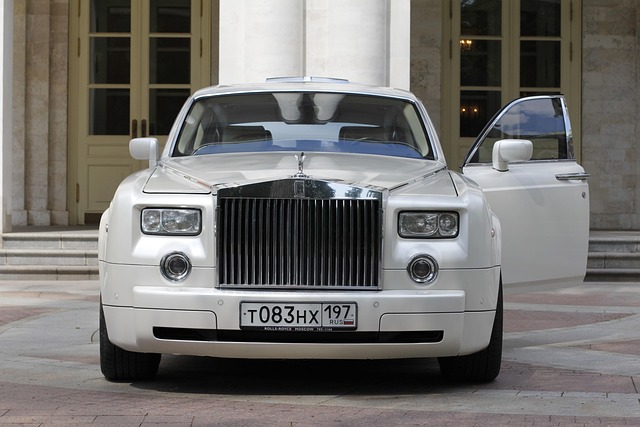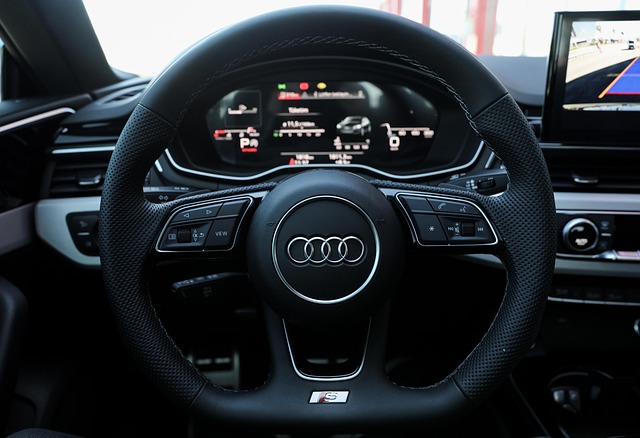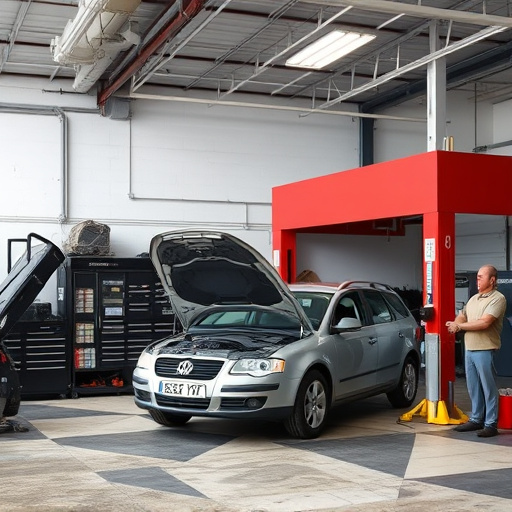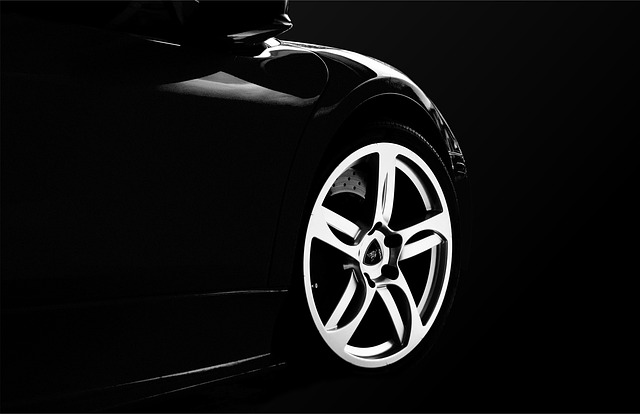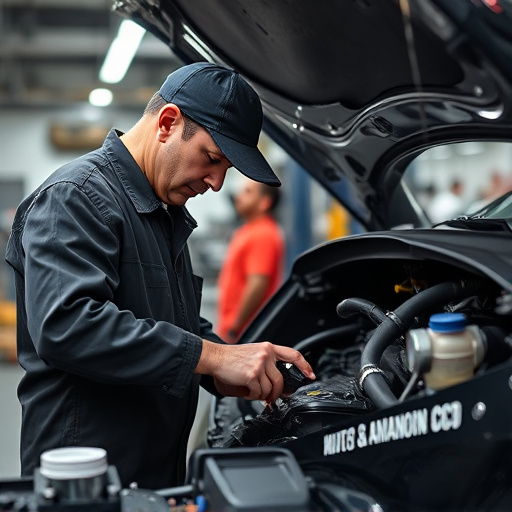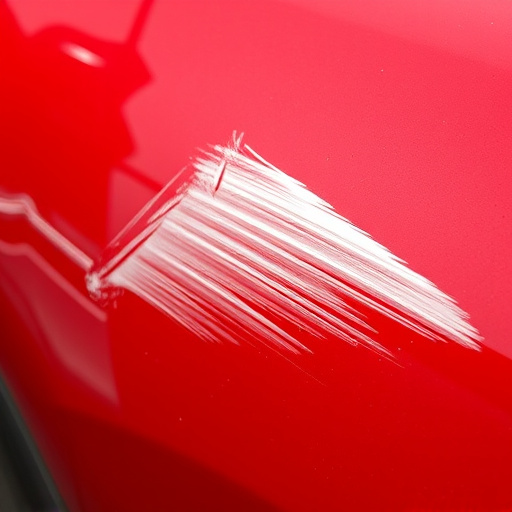Mercedes light package components are critical for driver safety and vehicle lighting. Regular maintenance includes inspecting parts for wear and damage. Repairs or replacements can be done by reputable auto body shops, with considerations for part age, condition, cost-effectiveness, and vehicle value. Basic troubleshooting steps involve observing light functionality, checking connections, replacing bulbs, and testing control modules for complex issues. Environmental factors may impact performance over time, necessitating Mercedes light package repair.
In the realm of luxury vehicles, Mercedes-Benz stands out, but even these impeccably engineered cars face light package issues over time. Understanding when to repair versus replace these components is crucial for owners. This comprehensive guide delves into the intricacies of Mercedes light package repair, offering a step-by-step approach to diagnosing and troubleshooting common problems. By exploring various factors, you’ll equip yourself to make informed decisions, ensuring your vehicle’s lighting remains optimal.
- Understanding Mercedes Light Package Components: A Comprehensive Overview
- When to Opt for Repair vs Replacement: Factors to Consider
- Step-by-Step Guide: Diagnosing and Troubleshooting Common Light Package Issues
Understanding Mercedes Light Package Components: A Comprehensive Overview
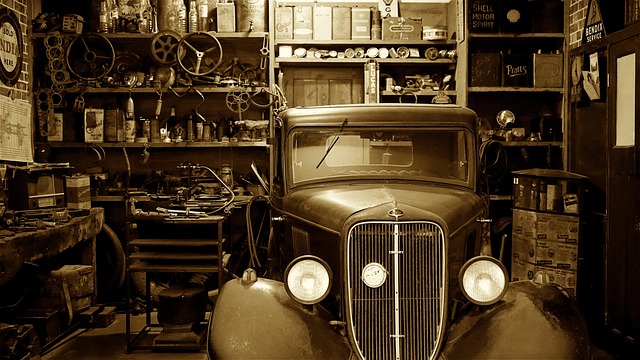
Mercedes light package components are integral parts of a vehicle’s overall lighting system, responsible for producing and directing light from headlights to taillights. These components include bulbs, reflectors, lenses, and housing, each playing a crucial role in ensuring optimal visibility and safety while driving. Understanding these intricate elements is essential for car owners, especially when considering whether to repair or replace them.
Regular maintenance involves inspecting these parts for signs of wear, damage, or fading. Over time, bulbs may burn out, lenses can become clouded or cracked, and reflectors might misalign. A reputable auto body shop can perform detailed assessments to identify issues, offering solutions like simple bulb replacements or more complex repairs involving bodywork and car paint repair for damaged components. Such proactive measures not only enhance the vehicle’s lighting performance but also contribute to safety on the road.
When to Opt for Repair vs Replacement: Factors to Consider
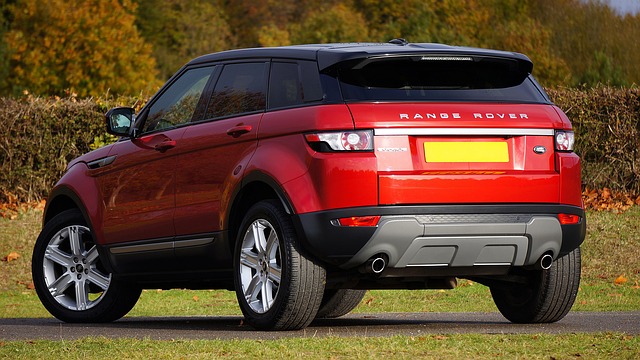
When deciding between repairing or replacing a Mercedes light package component, several factors come into play. One of the primary considerations is the age and condition of the existing part. If the lights are still functional but showing signs of wear and tear, such as fading or cracking, repair might be a viable option. Auto repair services can often restore these components to their original state, saving you the cost of a complete replacement.
Additionally, the cost of both repair and replacement should be evaluated alongside the overall value of your vehicle. For older vehicles or those with extensive auto collision repair history, it might be more economical to invest in a new light package rather than spending on multiple repairs. Regular auto maintenance also plays a role; keeping up with routine servicing can often prolong the lifespan of various components, delaying the need for replacement.
Step-by-Step Guide: Diagnosing and Troubleshooting Common Light Package Issues
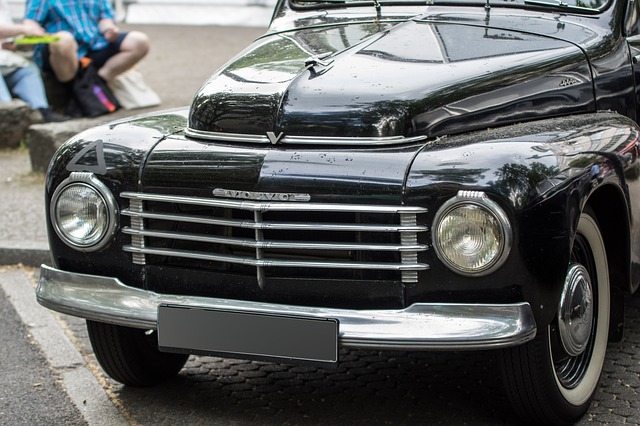
Diagnosing and troubleshooting common light package issues in a Mercedes can be a daunting task for owners unfamiliar with auto repair services. However, understanding the basic steps involved can help determine whether a repair or replacement is necessary. Here’s a step-by-step guide to get you started:
1. Identify the Problem: Start by observing the lights on your Mercedes. Are they flickering, dim, or not illuminating at all? Note any specific patterns or areas affected. This initial observation can provide valuable clues about the issue.
2. Check for Power and Ground Connections: Ensure that all electrical connections within the light package are secure and in good condition. Check for any visible signs of damage or corrosion on wires and connectors. Loose or damaged connections are a common cause of intermittent or non-functioning lights. A simple cleaning or tightening might resolve these issues without requiring a complete Mercedes light package repair.
3. Inspect Bulb Health: Examine each bulb in the affected area(s). Burned-out bulbs can cause lighting problems. Replace any damaged or non-functional bulbs with new ones of the correct type and wattage recommended by the vehicle manufacturer. Sometimes, simply replacing a faulty bulb can restore proper illumination.
4. Test Control Modules: Modern Mercedes vehicles have complex control modules that manage various lighting functions. If several lights are affected simultaneously, it might be a sign of a malfunctioning control module or wiring harness. In such cases, consulting a professional mechanic or specialized auto repair services is advisable to diagnose and address the issue accurately.
5. Consider Environmental Factors: Extreme temperatures can impact the performance of electrical components, including light packages. If the problem persists in varying weather conditions, it may not require immediate replacement but could indicate a need for Mercedes light package repair or an upgrade to better withstand environmental stressors.
When deciding between repairing or replacing a Mercedes light package, understanding the components and their condition is key. By considering factors like cost, time, and the impact on performance, you can make an informed choice. Remember, proper diagnosis through troubleshooting common issues can often lead to successful repairs, extending the life of your vehicle’s lighting system. For minor problems, repair might be the more economical option, while significant damage may warrant a replacement. Either way, prioritizing regular maintenance and timely attention to light package components is vital for optimal Mercedes performance and safety.
